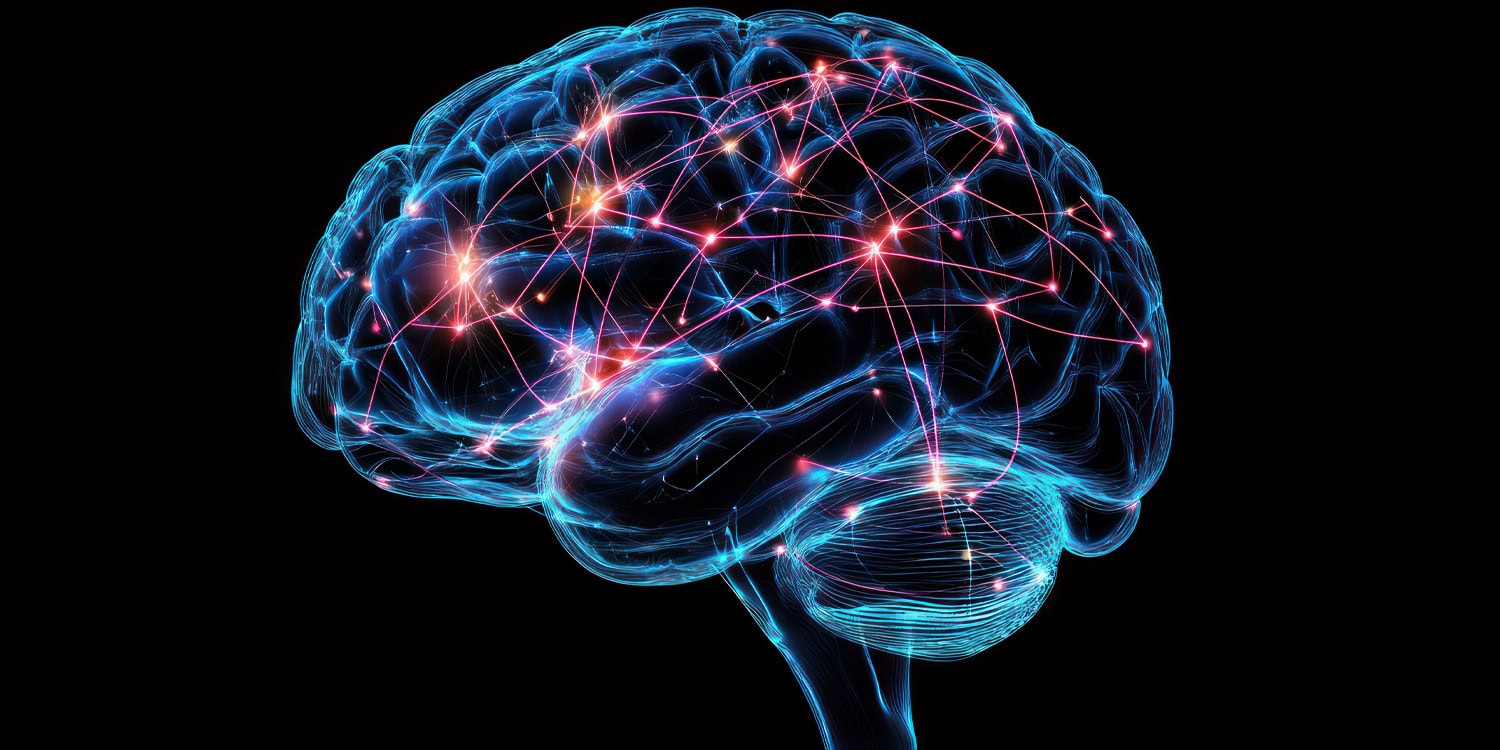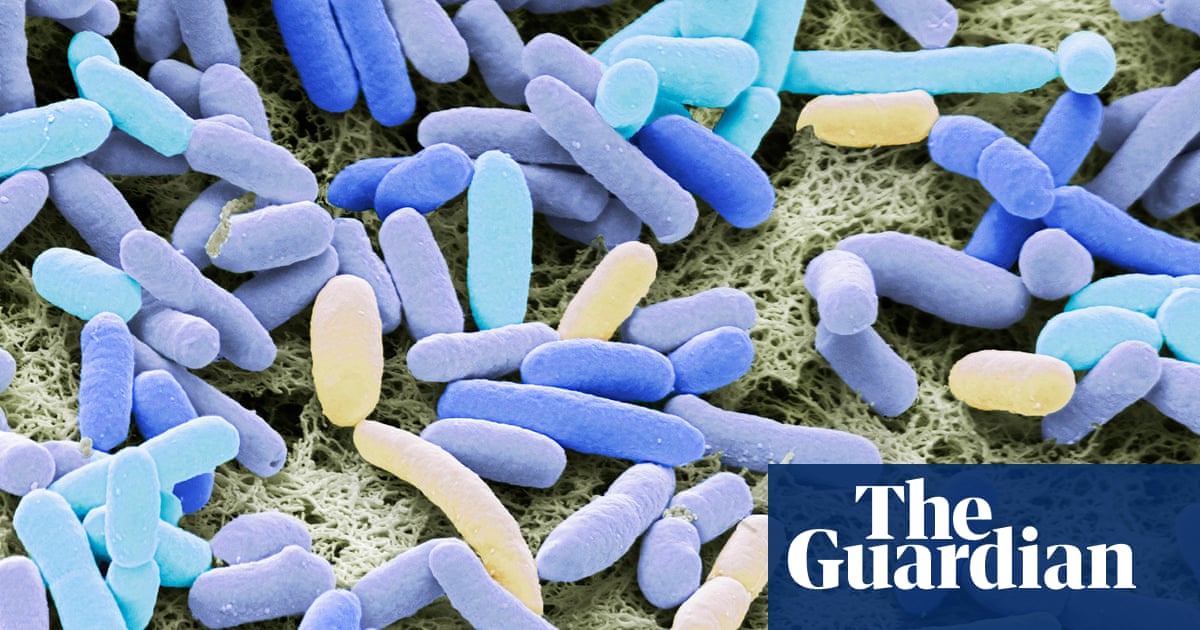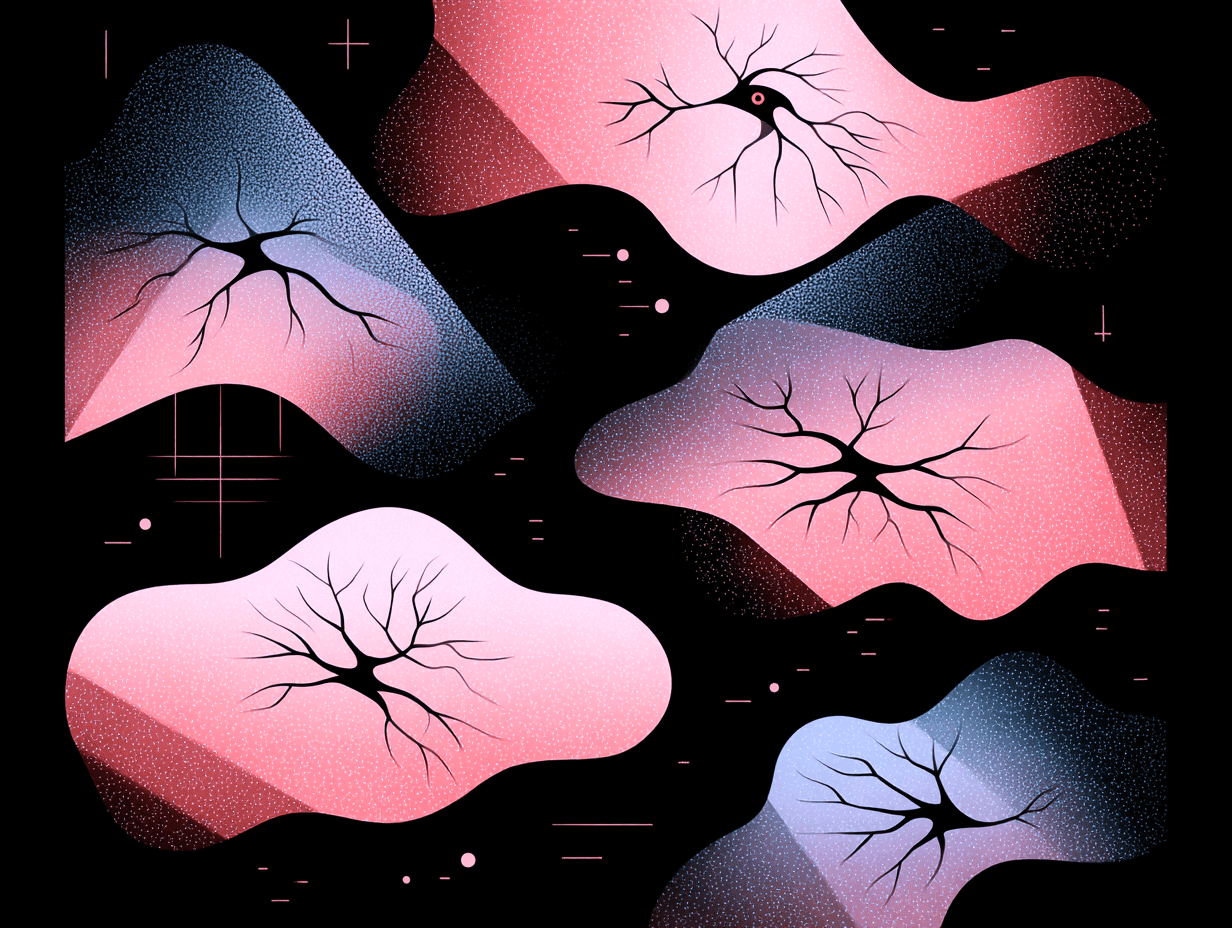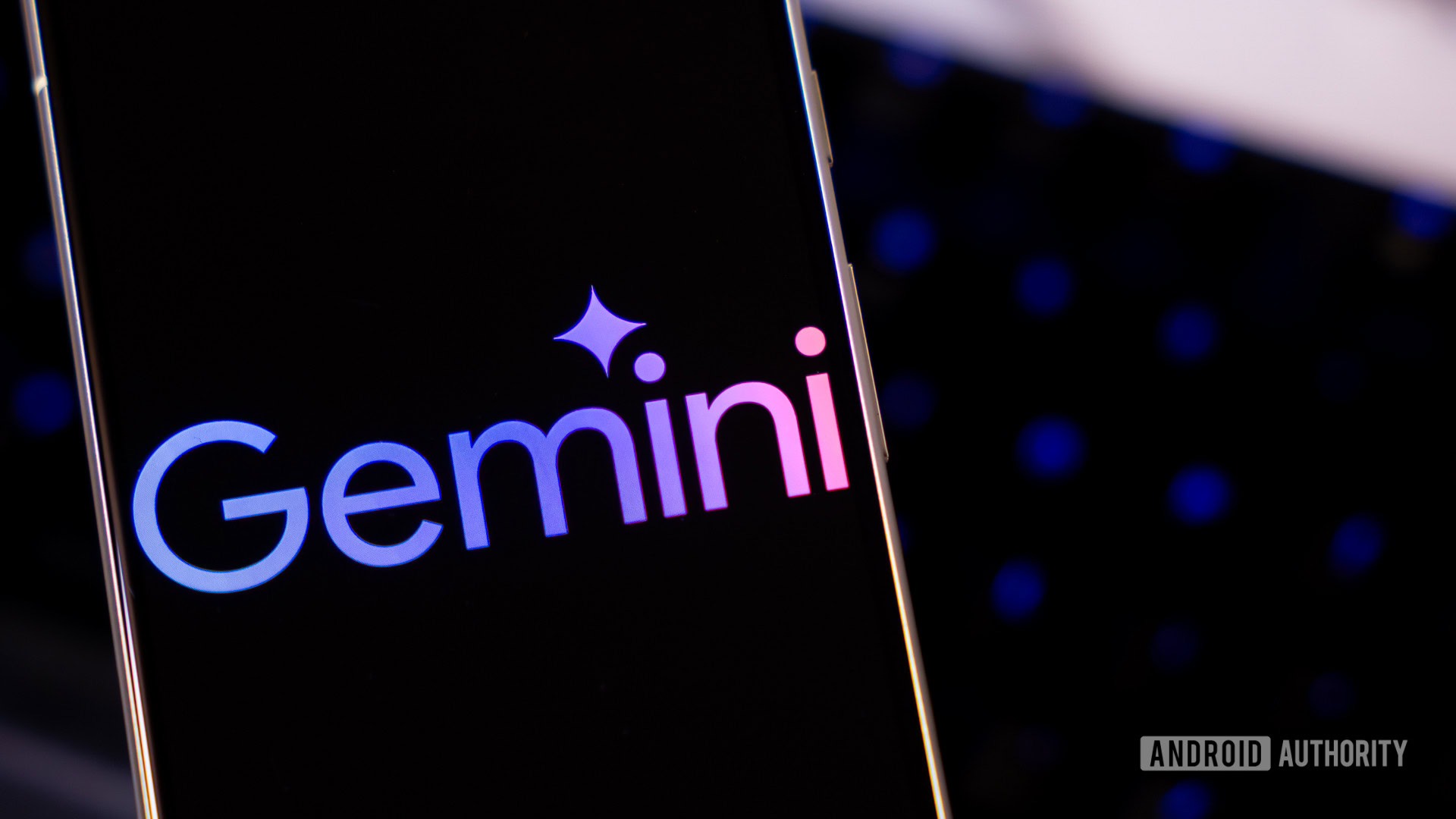We tend to think of memory as exclusively the brain’s domain, but new research suggests that this view may be far too narrow. A study from New York University shows that some ordinary human cells outside of the brain can also learn and store information.
When exposed to signals that mimic the rhythms of learning, these cells behaved much like neurons. Their responses strengthened when stimulation was spaced out over time rather than delivered all at once.
“Learning and memory are generally associated with brains and brain cells alone, but our study shows that other cells in the body can learn and form memories, too,” said Nikolay V. Kukushkin, the lead author of the study. The findings suggest that learning could be a fundamental property of life itself, built into the way all cells process time and information.
The Body Remembers
The discovery centers on a principle known as the spacing effect, first described in the 19th century by psychologist Hermann Ebbinghaus. It’s the reason we remember material better when we review it in intervals instead of cramming just before a test. We have observed this effect across animals, from humans to sea slugs. Notably, it has always been tied to neural activity.
So, Kukushkin and his team decided to test whether the same principle might apply beyond the brain. They used two human cell types: one derived from nerve tissue, and another from kidney cells, which have no role in the nervous system. Both were genetically engineered to produce a glowing signal when a “memory gene,” controlled by a protein, CREB, switched on. CREB is a molecular switch that helps neurons consolidate long-term memory. It also exists in nearly every cell in the body.
Next came the experiment.
The researchers exposed the cells to brief pulses of chemicals that mimic the brain’s learning signals. Each pulse lasted only three minutes, and the pulses were either spaced out or delivered in one long burst.
When the pulses were spaced apart, the cells lit up more brightly and for much longer. The “memory gene” stayed active for hours after the training ended, especially when the pulses were ten minutes apart. In contrast, when the same amount of stimulation was delivered all at once (a “massed” pattern), the glow faded quickly.
A Property of All Cells?
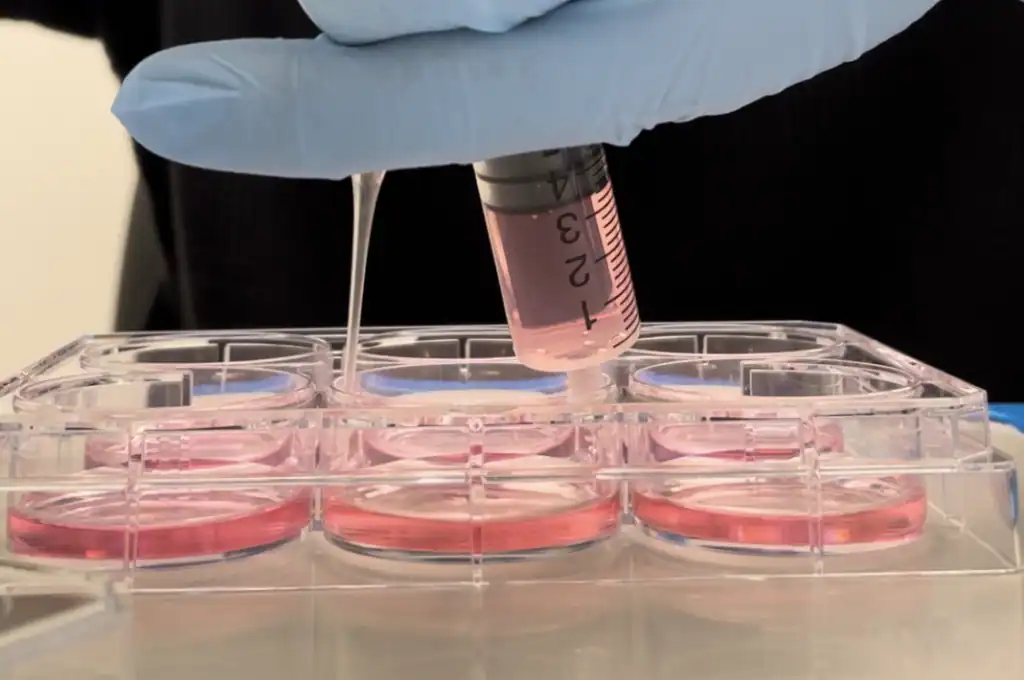
In one trial, cells given four spaced pulses showed a 2.8-fold stronger activation of a CREB-controlled memory gene after 24 hours compared to those given one continuous signal. What happened is the cells recognized and encoded a pattern in time — the difference between signals that came in spaced intervals versus signals that came all at once. In other words, the information they stored was the temporal structure of the stimulation, the rhythm or timing of chemical pulses.
“This reflects the massed-spaced effect in action,” said Kukushkin. “It shows that the ability to learn from spaced repetition isn’t unique to brain cells, but might be a basic feature of cellular function.”
The results of the experiment were the same whether the cells were nerve cells or kidney cells. Even 24 hours later, the cell “remembers” how it was stimulated before, because certain molecular switches remain altered.
“We believe that it’s not a property of either type of cell — it’s just a generic property of all cells,” Kukushkin told IFLScience.
Smarter Than We Think
If true, this means that memory might not require a brain at all. Instead, it could be a universal biological process — a way for cells to detect and store temporal patterns in their environment, whether that environment is a neural network or a bloodstream.
“In the future, we will need to treat our body more like the brain,” Kukushkin said. “For example, consider what our pancreas remembers about the pattern of our past meals to maintain healthy levels of blood glucose — or consider what a cancer cell remembers about the pattern of chemotherapy.”
That concept could reshape medicine. If cells “remember” past exposures to drugs or nutrients, then the timing of treatments or meals might be as important as their content or dosage. “Maybe the sequence of nutrients that you consume matters,” Kukushkin told IFLScience. “Maybe the gap between those nutrients matters, and that might change how we digest food in the future, how we store fat, for example.”
The NYU team’s work shows that even simple cells can encode the passage of time, preserving traces of experience through the same molecular machinery that gives rise to memory in animals. That doesn’t mean your kidney cells recall a melody or a childhood event, but they do seem to register patterns and respond differently the next time. “Non-neural cells are much smarter than we think,” Kukushkin said.
The findings were published in Nature Communications.
First Appeared on
Source link





